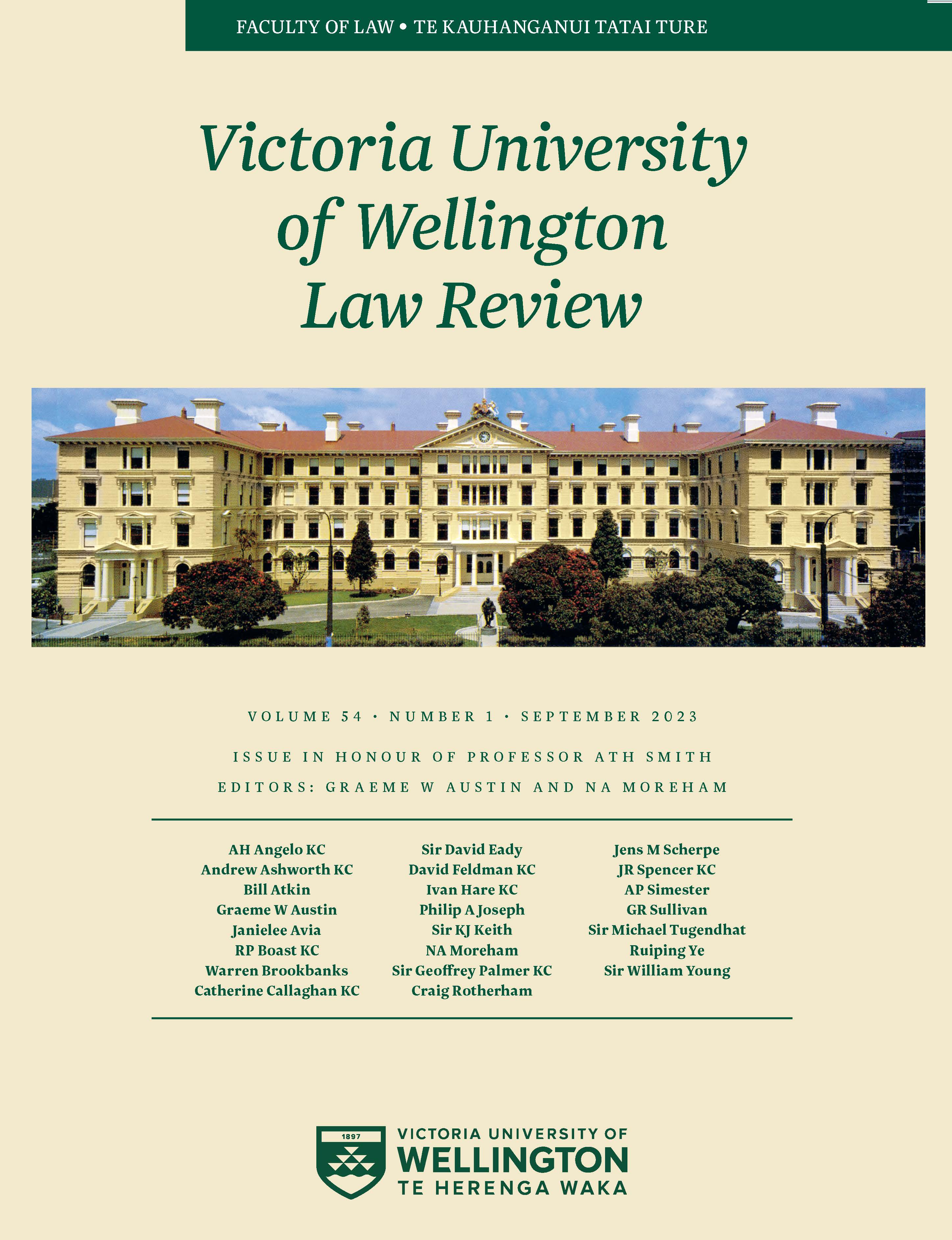The Insanity Defence: Is It Still Fit for Purpose?
DOI:
https://doi.org/10.26686/vuwlr.v54i1.8437Abstract
The M'Naghten Rules formulated in 1843 have provided the basis for the insanity defence in many Western countries, including New Zealand. Although many candidates for the insanity defence experience psychosis, the principal determining factor is whether they knew their criminal act was morally wrong, a difficult metaethical judgement. In New Zealand the advent of methamphetamine abuse has created a significant challenge for forensic assessors in differentiating between mental disease and chronic intoxication, raising the question of whether the insanity defence as currently formulated is fit for purpose in assessing criminal culpability in such cases. The article explores this problem through an examination of a number of leading cases, noting the variable character of expert testimony on insanity where methamphetamine is involved. The article then examines the question of whether evidence of mental states falling short of insanity may be utilised to support a palliative claim reducing murder to manslaughter. A tentative new approach invites consideration of allowing investigation of insanity in cases involving meth-induced paranoia, whether or not the threshold of disease of the mind is met. In the concluding sections the article examines the impact of developments in cognitive neuroscience and asks whether neuroscience can help in determining criminal responsibility and whether it supports a "control limb" in a reformulated insanity defence. The article concludes with a brief discussion of mental disorder and impulsive aggression.
Downloads
Downloads
Published
How to Cite
Issue
Section
License
Authors retain copyright in their work published in the Victoria University of Wellington Law Review.


